New cars aren’t just about horsepower and paint anymore—they’re rolling computers, loaded with tech that quietly changes the way we drive every day. Whether you’re commuting, road-tripping, or just sitting in traffic, the right features can make a car smarter, safer, and way less frustrating. But with so much tech packed in, it’s easy to lose track of what’s actually worth having.
This list cuts through the clutter and focuses on 10 tech features that make a real difference behind the wheel. From smart safety systems to everyday conveniences, these are the ones you won’t want to skip.
1. Adaptive Cruise Control
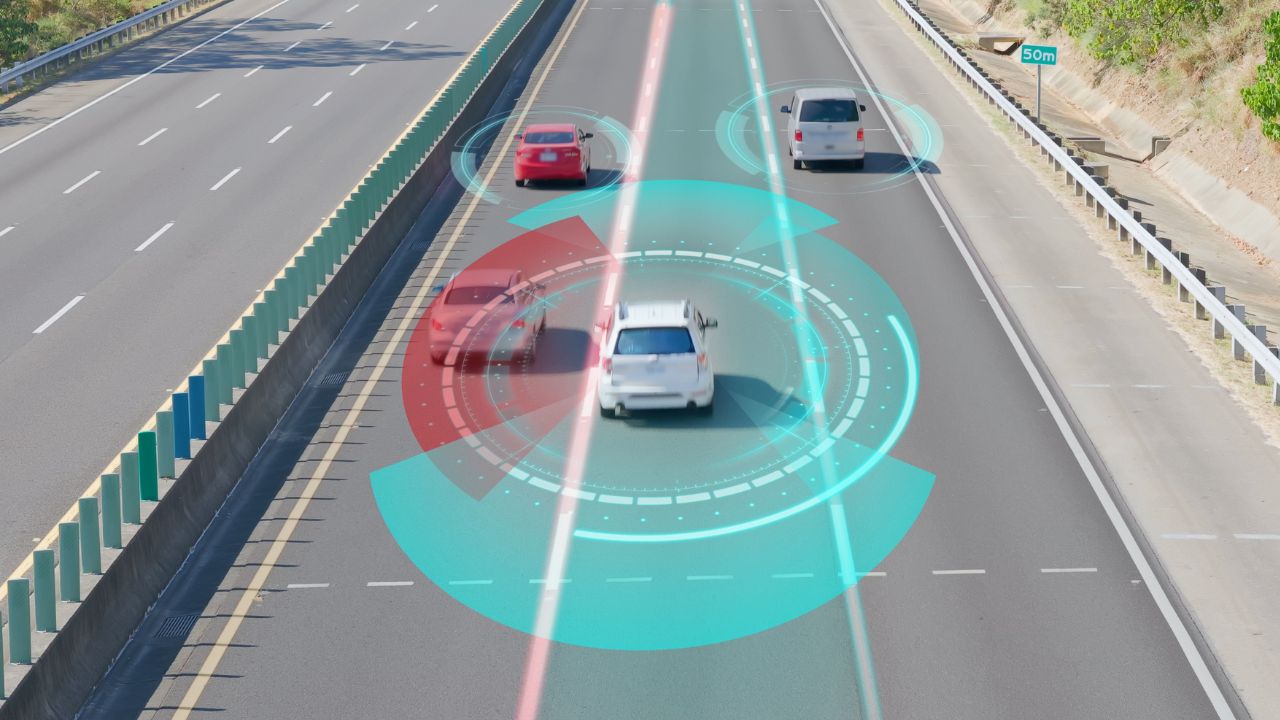
This isn’t your grandfather’s cruise control. Adaptive systems use radar and cameras to monitor the traffic ahead and automatically adjust your speed to maintain a safe following distance. It’s especially helpful in highway traffic, where speed changes constantly.
Many systems now pair with lane-centering for semi-autonomous driving. Brands like Honda (with Honda Sensing) and Ford (with BlueCruise) have made it standard on more trims. It’s one of those features you don’t think you need—until you spend two hours crawling through interstate gridlock.
2. 360-Degree Camera Systems
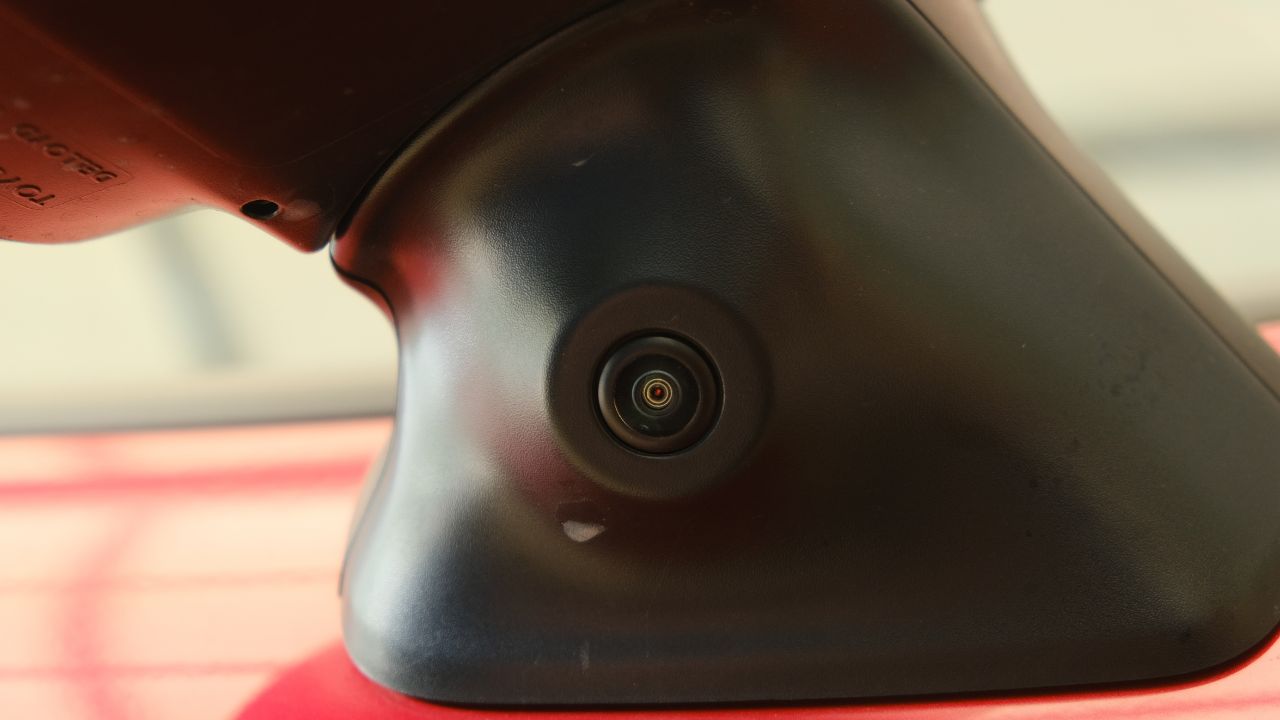
Backing into a tight parking spot or squeezing through a narrow garage is less stressful with a bird’s-eye view. A 360-degree camera stitches together feeds from multiple cameras around the vehicle to give a real-time overhead display.
This tech was once reserved for luxury brands, but it’s now showing up in models like the Nissan Rogue and Toyota Tacoma. The added visibility helps avoid curb rash, poles, and low obstacles that blind spots often hide. It’s not just about convenience—it prevents damage.
3. Wireless Apple CarPlay and Android Auto

Cutting the cord is a game changer. Wireless smartphone integration lets you mirror your phone’s interface onto the car’s infotainment screen without plugging in a cable every time.
It’s now available on everything from the Hyundai Elantra to the BMW 3 Series. Navigation, calls, music, and voice commands all sync seamlessly. While some automakers have started charging subscription fees for this (looking at you, BMW), it’s a must-have if you use your phone for anything while driving.
4. Over-the-Air Software Updates

Tesla may have popularized the idea, but now everyone from Ford to Mercedes is doing it. Over-the-air (OTA) updates allow manufacturers to push new features, bug fixes, and performance improvements without a dealership visit.
This means your car can literally improve overnight—from infotainment tweaks to suspension tuning and even extended range on EVs. The Ford Mustang Mach-E and F-150 Lightning both received OTA updates that added features post-purchase. It’s smart and efficient, and it’s becoming the norm.
5. Blind Spot Monitoring with Cross-Traffic Alert

Blind spot warnings are now more than just a light on the mirror. Most systems will chime if you signal while another vehicle is lurking just out of view. Some will even apply steering correction or brakes to avoid a sideswipe.
Cross-traffic alert kicks in when you’re backing out of a spot with limited rear visibility—perfect for parking lots. These systems are nearly universal on modern crossovers and trucks and have helped reduce low-speed crashes. It’s one of the most quietly effective safety upgrades out there.
6. Digital Rearview Mirrors
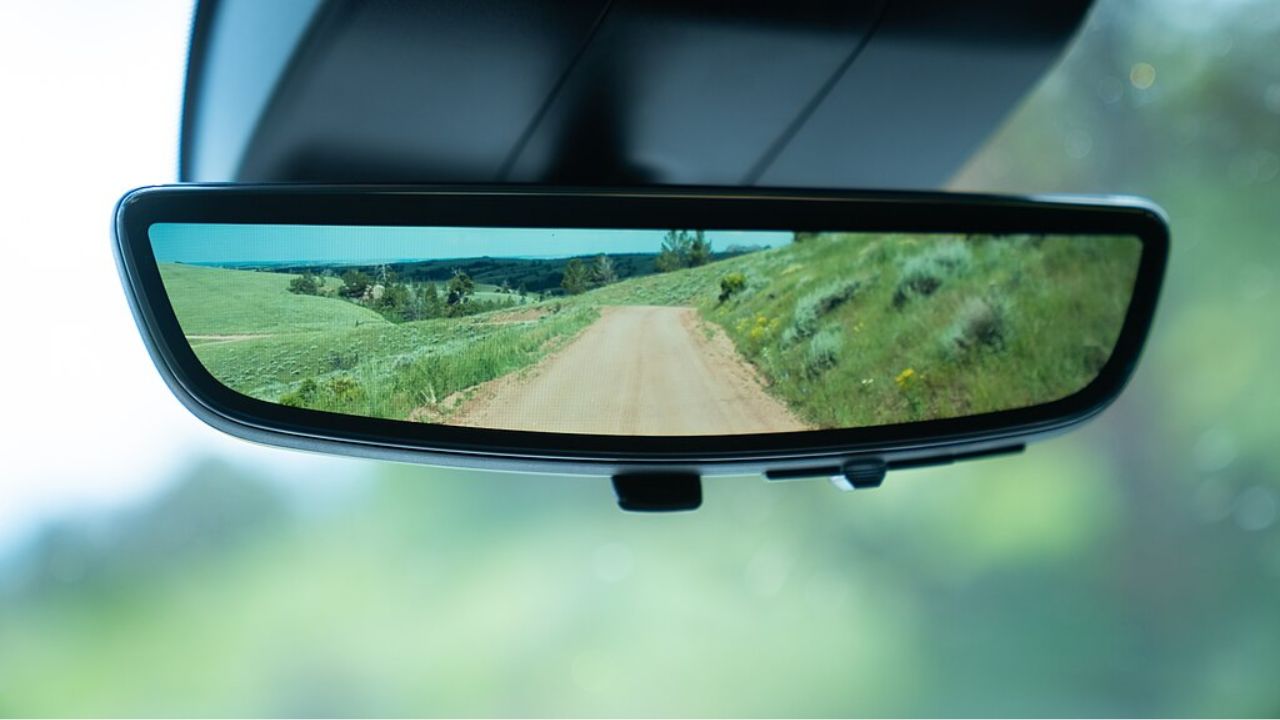
This one solves a classic problem: what good is a mirror if the back window is blocked? Digital rearview mirrors display a live feed from a high-mounted rear camera, giving you an unobstructed view regardless of passengers or cargo.
The tech debuted in Cadillacs but has since made its way into SUVs and pickups, like the Toyota Sequoia and Ram 1500. The field of view is wider, and the low-light performance is far better than a traditional mirror. It’s not flashy, but it’s a real upgrade.
7. Built-In Dash Cameras

Factory-installed dash cams are becoming more common, especially in Korea and Japan. Models like the Genesis GV80 and Subaru Outback offer integrated front and rear cameras that automatically save clips of incidents or collisions.
Unlike aftermarket units, these are hardwired into the car’s systems and often come with cloud storage, valet monitoring, or theft alerts. Some setups even record interior footage. With insurance fraud and hit-and-runs on the rise, this is a smart addition for peace of mind.
8. Head-Up Displays (HUD)
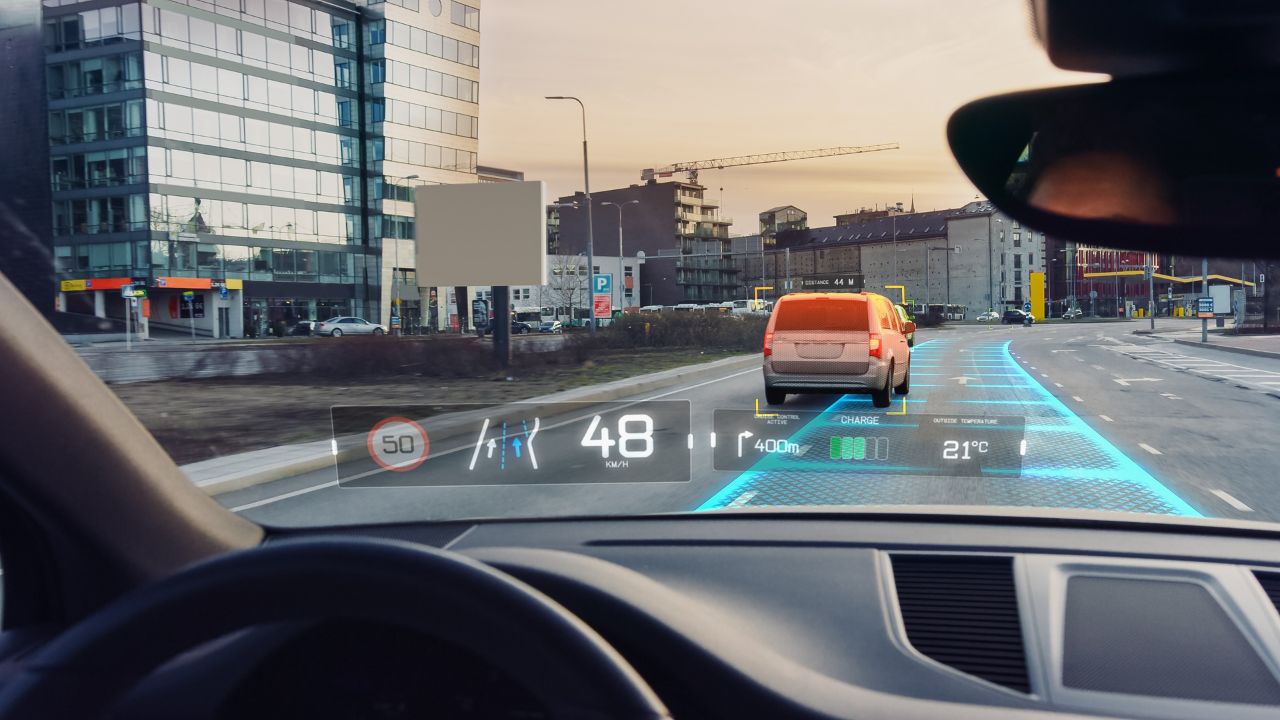
No more glancing down at your cluster while doing 75 mph. A HUD projects key information—speed, navigation, and even driver assistance status—onto the windshield or a pop-up screen directly in your line of sight.
Originally a luxury feature in cars like the BMW 7 Series, HUDs have trickled down to mainstream vehicles, including the Mazda CX-5 and Kia Telluride. They’re especially helpful on long drives where keeping your eyes up reduces fatigue and distraction.
9. Advanced Voice Assistants

Forget those clunky early voice commands. Modern systems like Mercedes-Benz’s MBUX or Google Assistant integration in Volvos actually understand natural language. Say “I’m cold” and the car adjusts the temperature without needing a scripted command.
These assistants also handle navigation, phone calls, and media requests more smoothly than older setups. Some are cloud-connected, so they improve over time. It’s not perfect yet—but if done right, it means less fumbling with menus and more hands on the wheel.
10. Vehicle-to-Device Charging

This one’s for the EV crowd. Bidirectional charging lets your car power external devices—from camping gear to home appliances. Ford’s F-150 Lightning features Pro Power Onboard, offering up to 9.6 kW of output from multiple plugs.
Hyundai and Kia’s EVs also offer vehicle-to-load (V2L) functions, turning the car into a rolling generator. Whether it’s tailgating, blackout backup power, or jobsite tools, this is more useful than it sounds. It’s tech with real-world applications—and it’s gaining traction fast.
Like Fast Lane Only’s content? Be sure to follow us.
Here’s more from us:


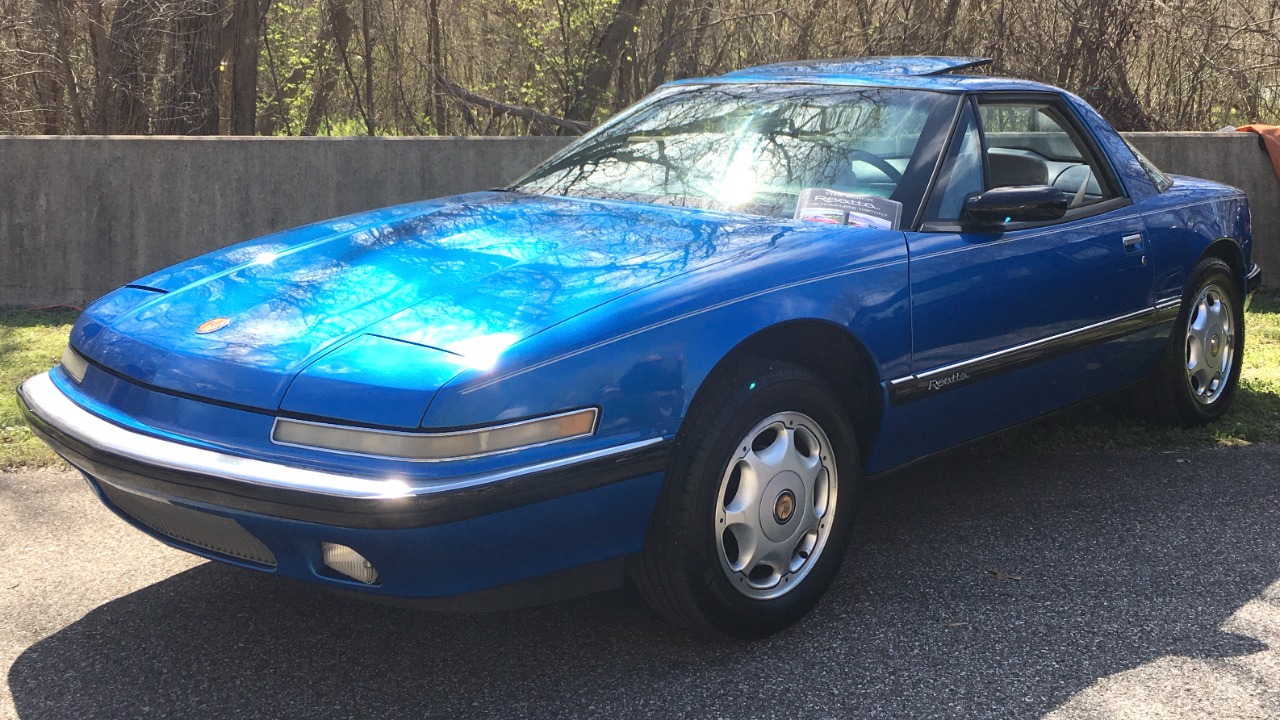

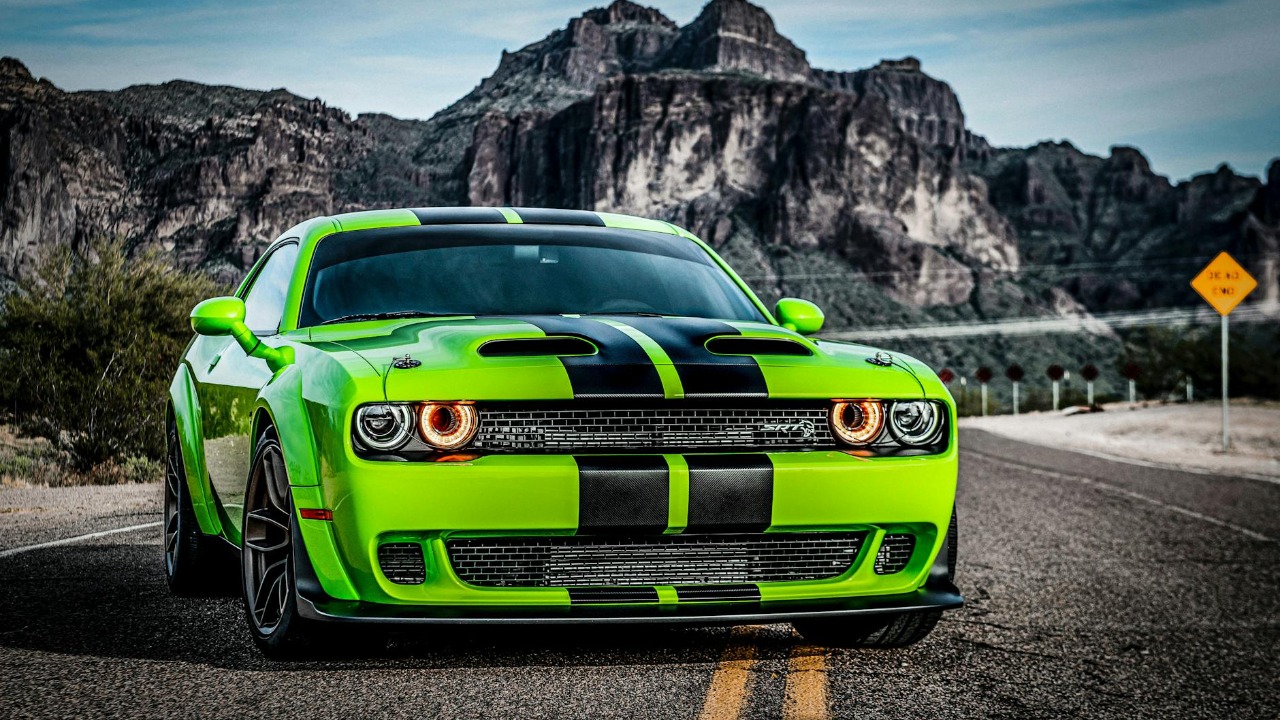


Leave a Reply